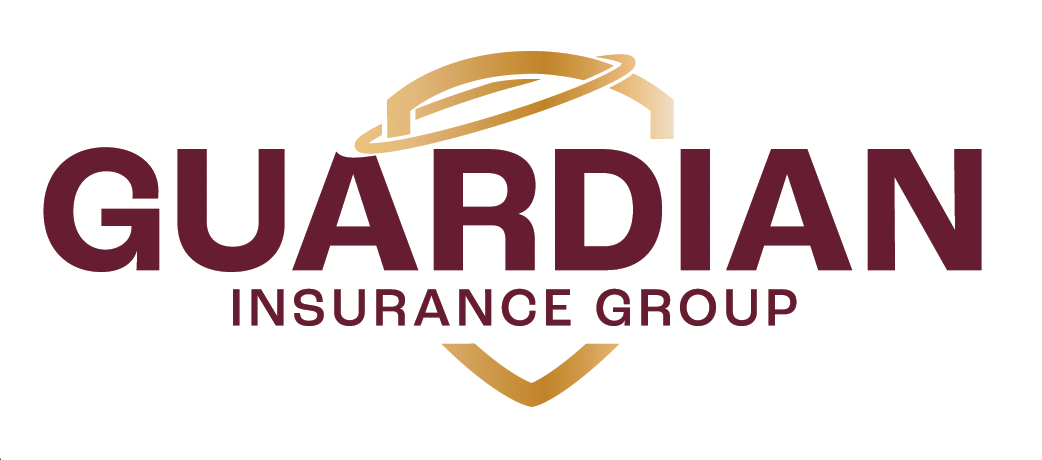
Are You Required to Get Part D Coverage in Southaven, MS and Byhalia, MS?
Medicare recipients do not have to enroll in Part D coverage. People who don’t take medications may choose to skip signing up when they qualify for Medicare. However, most seniors will eventually need medications, so choosing Part D coverage is smart in the long term.
You should strongly consider enrolling in Part D coverage if:
You should strongly consider enrolling in Part D coverage if:
- You take medications for a chronic condition
- You use insulin to control diabetes
- Your family history indicates healthcare problems in old age
- You currently rely on prescription drug coverage through your work-based insurance







